Guido Reni’s St. Michael‚ a 17th-century masterpiece‚ captures the archangel’s triumph over Satan in a dynamic oil on canvas. This iconic Baroque painting‚ housed in Rome’s Santa Maria della Concezione dei Cappuccini‚ exemplifies Reni’s skill in blending dramatic movement with divine elegance‚ making it a cornerstone of Italian religious art.
1.1 Overview of the Painting
Guido Reni’s St. Michael is a 1635 oil on canvas masterpiece measuring 202 by 293 cm. It depicts the archangel triumphantly defeating Satan‚ holding a sword and shield‚ dressed in Roman military attire. The painting is housed in Rome’s Santa Maria della Concezione dei Cappuccini‚ showcasing Reni’s Baroque style and dramatic flair in capturing divine conflict and victory.
1.2 Historical Context and Significance
Guido Reni’s St. Michael was painted in 1635‚ commissioned by Cardinal Antonio Barberini for a chapel in Rome. It reflects the Counter-Reformation’s emphasis on religious art‚ showcasing Baroque’s dramatic intensity. The painting’s grandeur and emotional depth solidified its prominence in 17th-century Italian art‚ while its creation coincided with scandals surrounding Reni‚ adding layers to its historical intrigue and enduring cultural impact.

The Artist: Guido Reni
Guido Reni‚ a prominent Italian Baroque painter from Bologna‚ was celebrated for his religious works and portraits‚ active in Rome‚ Naples‚ and his hometown‚ leading the Bolognese School with fluid‚ emotional style.
2.1 Biography and Career
Guido Reni‚ born in Bologna in 1575‚ emerged as a leading figure in the Italian Baroque. A student of the Carracci‚ he refined his style in Rome‚ gaining acclaim for his lyrical and emotionally charged works. His career spanned religious paintings‚ portraits‚ and mythological scenes‚ solidifying his reputation as a master of Baroque artistry and elegance.
2.2 Style and Contributions to Baroque Art
Guido Reni’s style combined lyrical elegance with dramatic intensity‚ characterized by harmonious compositions‚ vivid colors‚ and masterful use of light. His works often featured idealized forms and emotional depth‚ significantly influencing Baroque art. Reni’s ability to balance classical ideals with dynamic movement helped define the Bolognese School‚ leaving a lasting legacy in the development of Italian Baroque painting.
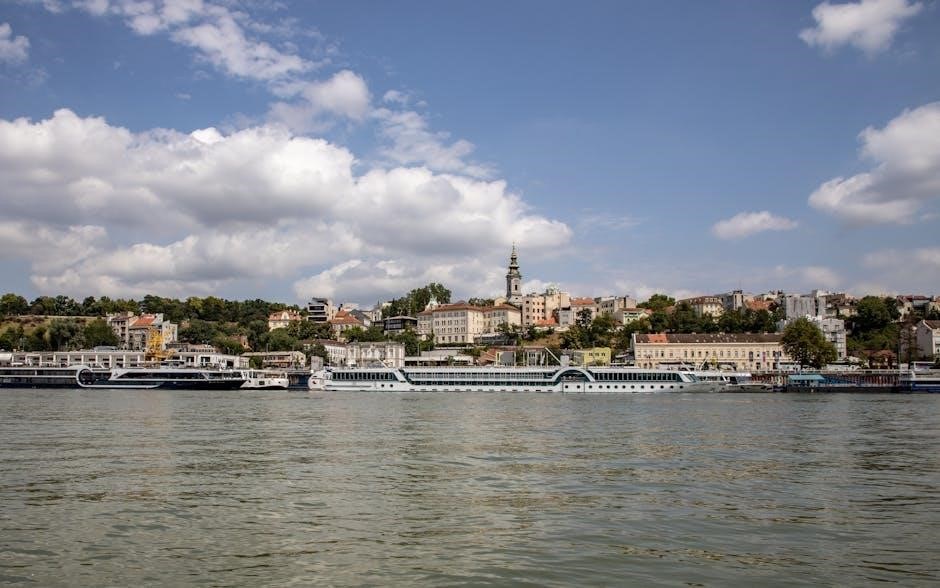
The Painting: Archangel Michael Defeating Satan
Guido Reni’s 1635 painting‚ created in the Baroque style‚ depicts Archangel Michael triumphing over Satan with dynamic movement and vibrant colors‚ now housed in Rome.
3.1 Composition and Structure
Guido Reni’s Archangel Michael Defeating Satan is a large-scale oil on canvas‚ measuring 202 by 293 cm. The composition is dynamically structured‚ with Michael poised in triumph‚ his sword raised high. Reni’s use of diagonals creates a sense of movement‚ while vibrant colors and dramatic lighting emphasize the battle’s intensity. The painting’s balance and symmetry reflect Reni’s mastery of Baroque composition.
3.2 Use of Color and Light
Guido Reni masterfully employs vibrant colors and dramatic lighting in Archangel Michael Defeating Satan; The painting’s palette features vivid contrasts‚ with Michael’s radiant armor and wings set against the dark‚ monstrous form of Satan. Reni’s use of chiaroscuro creates depth and emphasizes the divine struggle‚ drawing the viewer’s eye to the archangel’s triumphant pose. The interplay of light and shadow heightens the emotional intensity of the scene.
3.3 Emotional Expression and Movement
Guido Reni’s depiction of Archangel Michael Defeating Satan radiates intense emotional drama. Michael’s determined expression and powerful stance convey divine authority‚ while Satan’s twisted form embodies despair. The dynamic movement of Michael’s raised sword and flowing cape creates a sense of energy and tension‚ capturing the climactic moment of the celestial battle with profound emotional depth and theatrical flair.
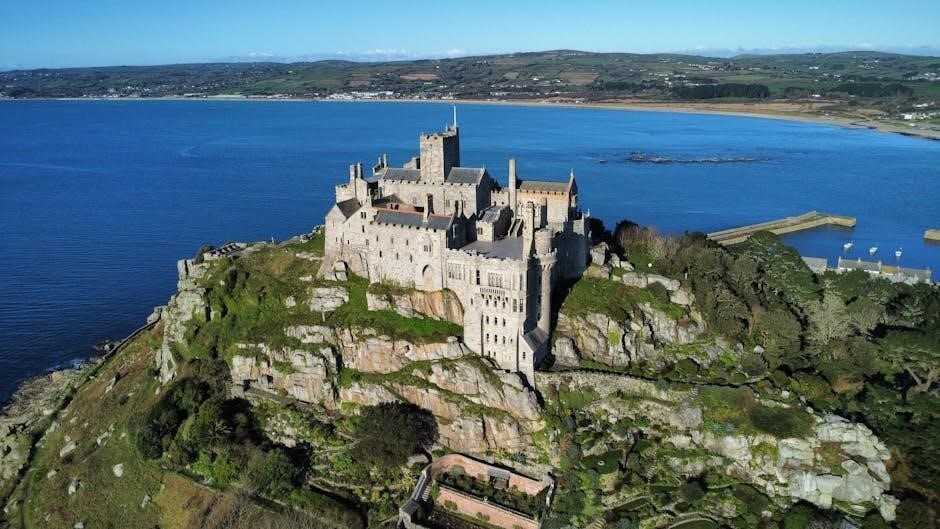
Religious and Cultural Significance
Guido Reni’s St. Michael holds profound religious significance as a symbol of divine protection and triumph over evil. It embodies Catholic devotion‚ depicting Michael as a protector of the Church‚ while its Baroque style elevates it as a cultural masterpiece‚ reflecting 17th-century religious art’s spiritual and artistic ideals.
4.1 St. Michael in Christian Iconography
St. Michael‚ as depicted in Christian art‚ is often shown as a warrior archangel vanquishing Satan‚ symbolizing divine justice and protection; In Guido Reni’s painting‚ Michael embodies this iconography‚ dressed in Roman military attire‚ holding a sword and shield‚ and standing triumphantly over the defeated Satan. This imagery reinforces his role as a protector of the faithful and the Church‚ aligning with biblical narratives and Catholic traditions that emphasize his celestial authority and unwavering dedication to God’s will.
4.2 The Painting’s Role in Baroque Religious Art
Guido Reni’s St. Michael epitomizes Baroque religious art‚ blending dramatic composition with vivid color and light. Commissioned by Cardinal Antonio Barberini‚ it reflects the era’s emphasis on emotional intensity and divine themes. Reni’s work became a benchmark for religious art‚ influencing later artists and solidifying his reputation as a leading figure in the Bolognese School‚ renowned for its emotional and spiritual depth.
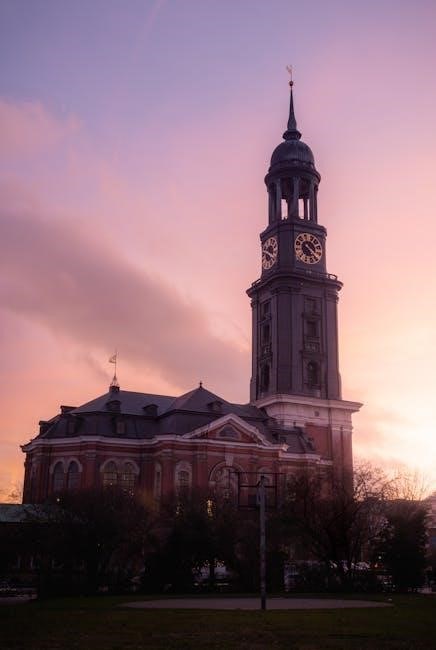
Symbolism in the Painting
Guido Reni’s St. Michael is rich in symbolism‚ portraying the archangel as a warrior of light triumphing over darkness. His Roman attire signifies divine authority‚ while the defeated Satan embodies evil‚ reinforcing themes of good vs. evil and divine protection central to Christian iconography.
5.1 Archangel Michael as a Warrior
Archangel Michael is depicted as a warrior of divine justice‚ clad in Roman military attire‚ symbolizing his role as a protector and defender of faith. Holding a sword and shield‚ he embodies strength and divine authority‚ while his triumphant stance over Satan underscores his mission to vanquish evil and safeguard humanity. This imagery reinforces his biblical role as a celestial guardian.
5.2 Depiction of Satan and Evil
Satan is depicted as a dark‚ grotesque figure‚ lying defeated beneath Archangel Michael. His hideous appearance contrasts sharply with Michael’s radiant form‚ symbolizing the clash between good and evil. This portrayal emphasizes Satan’s role as a chaotic force‚ while Michael’s triumph underscores divine order and justice‚ reinforcing the painting’s moral and spiritual themes.
5.3 Use of Roman Military Imagery
Guido Reni incorporates Roman military elements‚ depicting Archangel Michael in a cloak and cuirass‚ symbolizing strength and authority. This imagery evokes Roman ideals of power and discipline‚ aligning Michael with earthly military might while emphasizing his divine mission. The use of classical motifs reinforces the painting’s themes of order‚ justice‚ and triumph over evil‚ reflecting Baroque art’s fascination with antiquity and grandeur.
The Painting’s Location and Legacy
Guido Reni’s St. Michael is prominently displayed at Santa Maria della Concezione dei Cappuccini in Rome‚ serving as a cornerstone of Baroque religious art. Its dramatic composition and vibrant colors have left a lasting impact on artistic communities‚ solidifying its legacy as a masterpiece of 17th-century Italian art.
6.1 Current Location and Display
Guido Reni’s St. Michael is housed at Santa Maria della Concezione dei Cappuccini in Rome‚ where it remains a central piece in the church’s art collection. Displayed prominently‚ the painting is admired for its grand scale and vivid detail‚ drawing visitors seeking to experience its spiritual and artistic significance. Its location underscores its enduring role in religious and cultural heritage.
6.2 Impact on Artistic and Religious Communities
Guido Reni’s St. Michael profoundly influenced both artistic and religious circles. Its dramatic composition and emotional depth set a benchmark for Baroque art‚ inspiring later artists. In religious communities‚ the painting reinforced St. Michael’s role as a protector‚ symbolizing divine triumph over evil‚ and continues to be a powerful visual testament to faith and spiritual struggle.
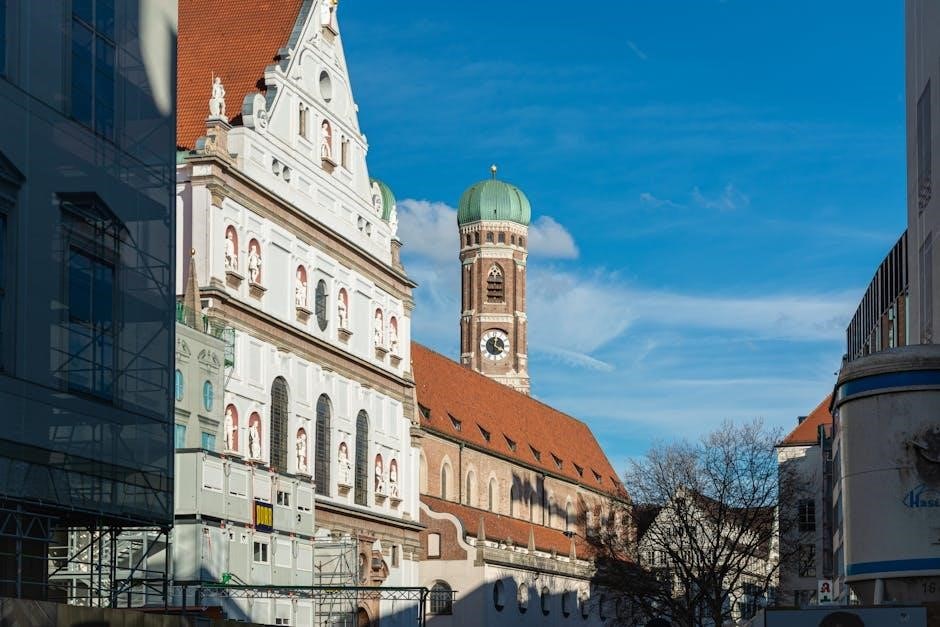
Guido Reni’s Other Works
Guido Reni’s portfolio includes masterpieces like The Martyrdom of St. Sebastian and The Risen Christ Embracing the Cross‚ showcasing his mastery of religious themes and emotional depth‚ influencing Baroque art profoundly.
7.1 Notable Paintings and Their Themes
Guido Reni’s notable works include The Martyrdom of St. Sebastian and The Risen Christ Embracing the Cross‚ both showcasing his mastery of religious themes. These paintings reflect his ability to convey profound spiritual and emotional depth‚ establishing him as a leading figure in Baroque art‚ with a style characterized by elegance and dramatic expression.
7.2 Reni’s Influence on Later Artists
Guido Reni’s works significantly influenced later artists‚ particularly in the Bolognese School. His balanced compositions and emotional depth inspired painters like Pietro Testa and Jacopo Amigoni. Reni’s style‚ blending elegance with dramatic expression‚ left a lasting legacy‚ shaping the evolution of religious and mythological art in the 17th and 18th centuries.

Restoration and Preservation
Guido Reni’s St. Michael has undergone dedicated restoration efforts‚ preserving its vibrant colors and intricate details‚ ensuring its enduring artistic appeal for future generations to come.
8.1 Conservation Efforts Over the Years
Guido Reni’s St. Michael has undergone meticulous conservation to preserve its vibrant colors and intricate details. Specialists have employed advanced techniques‚ including gentle cleaning and varnish removal‚ to maintain the painting’s original brilliance. Periodic restoration ensures the artwork remains in pristine condition‚ safeguarding it for future generations while respecting its historical integrity and artistic significance.
8.2 Challenges in Maintaining the Painting
Maintaining Guido Reni’s St. Michael presents ongoing challenges‚ including environmental factors like humidity and light exposure‚ which can degrade the canvas and pigments. Additionally‚ the painting’s large size and fragile condition require specialized care. Preventing paint flaking and addressing previous restoration issues are critical to preserving its integrity‚ ensuring the masterpiece endures for centuries to come.

Interpretations and Analysis
Guido Reni’s St. Michael is celebrated for its masterful blend of dramatic movement and serene expression‚ symbolizing divine triumph over chaos. Art historians highlight its emotional depth and luminous technique‚ while scholars interpret it as a powerful allegory of good conquering evil‚ reflecting Baroque ideals of spirituality and heroism.
9.1 Art Historical Perspectives
Guido Reni’s St. Michael exemplifies the Bolognese School’s balance of clarity and emotion‚ diverging from Caravaggio’s dramatic chiaroscuro. Its harmonious composition and luminous colors reflect Reni’s refined Baroque style‚ emphasizing grace over intensity. The painting’s location in Santa Maria della Concezione dei Cappuccini underscores its religious significance‚ while its depiction of St. Michael as a Roman warrior aligns with Baroque iconography‚ blending classical ideals with divine themes.
9.2 Modern Receptions and Views
Guido Reni’s St. Michael continues to captivate modern audiences with its masterful depiction of movement and emotion. The painting’s dynamic composition and luminous colors resonate with contemporary art lovers‚ while its religious themes maintain its spiritual significance. Its enduring appeal lies in its balance of artistic elegance and cultural importance‚ making it a timeless masterpiece in both artistic and religious contexts.
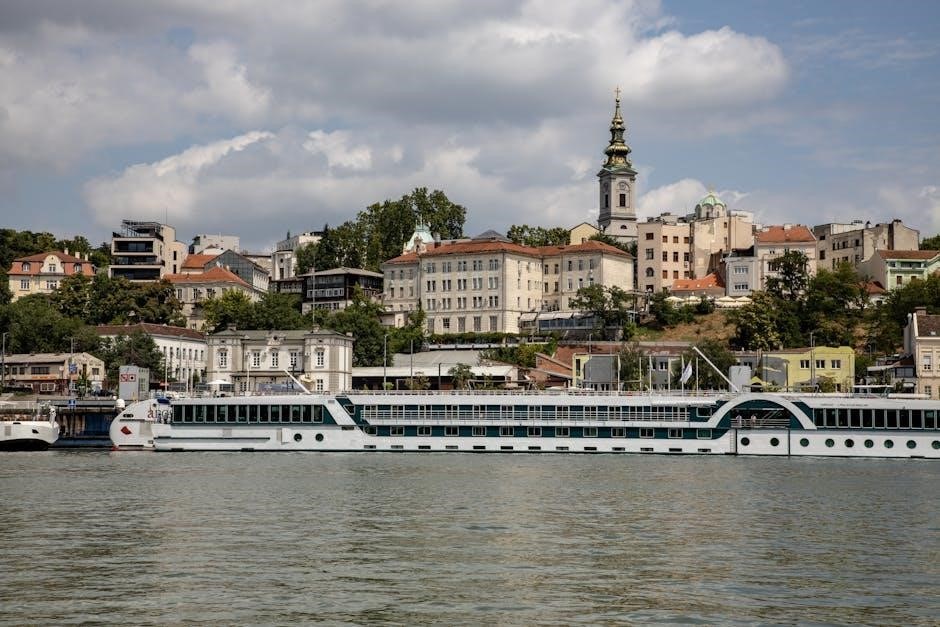
The Painting in Popular Culture
Guido Reni’s St. Michael has inspired references in media‚ literature‚ and art reproductions. Its iconic imagery appears on merchandise‚ from posters to religious artifacts‚ cementing its cultural impact as a symbol of divine triumph and artistic excellence‚ resonating beyond its historical context into modern popular culture.
10.1 References in Media and Literature
Guido Reni’s St. Michael has been referenced in various media and literature‚ symbolizing divine triumph. President Trump shared the image alongside a Catholic prayer‚ and it has inspired themes in books and films. Its depiction of Michael as a warrior archangel has influenced artistic and cultural narratives‚ solidifying its presence in modern popular culture and religious symbolism.
10.2 Reproductions and Merchandise
Reproductions of St. Michael are widely available as art prints‚ posters‚ and canvas editions‚ popular among collectors and enthusiasts. Royalty-free licenses allow its use in commercial projects. The painting’s iconic imagery is also featured on merchandise like postcards‚ calendars‚ and home decor items‚ further extending its cultural reach and appeal to a broad audience. Getty Images offers high-resolution versions for purchase.
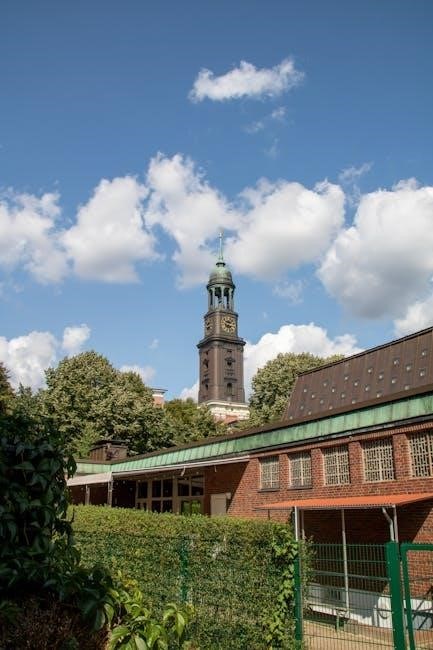
Scandals and Controversies
11.1 Historical Scandals Surrounding the Artist
Guido Reni was embroiled in scandals‚ including controversial episodes related to his works‚ adding intrigue to his legacy as a prominent Baroque painter.
Guido Reni faced scandals‚ including disputes over payments for commissions and accusations of forging artworks. His involvement in controversial episodes‚ such as the mishandling of funds and alleged forgeries‚ tarnished his reputation. Additionally‚ rumors of secret societies and personal vices further complicated his legacy‚ overshadowing his artistic brilliance.
11.2 Controversies Related to the Painting
Guido Reni’s St. Michael faced controversies‚ including forgery allegations and disputes over its ownership. A tourist’s accidental damage to another Reni painting in Rome sparked debates about exhibit safety. These incidents‚ along with the artist’s scandalous past‚ have kept the artwork in public discourse‚ blending its artistic acclaim with ongoing disputes.
Guido Reni’s St. Michael remains a timeless masterpiece‚ blending artistic brilliance with spiritual depth. Its enduring legacy continues to inspire admiration and reflection in both art and faith communities.
12.1 Summary of Key Points
Guido Reni’s St. Michael‚ painted in 1635‚ is a Baroque masterpiece depicting the archangel’s triumph over Satan. The painting‚ located in Rome‚ showcases dramatic composition‚ vibrant colors‚ and emotional depth‚ reflecting Reni’s mastery of movement and expression. It remains a significant example of Italian Baroque religious art‚ highlighting Reni’s influence and enduring artistic legacy.
12.2 Final Thoughts on the Painting’s Enduring Legacy
Guido Reni’s St. Michael remains a cornerstone of Baroque art‚ inspiring generations with its dynamic composition and emotional depth. Its vivid portrayal of triumph over evil continues to resonate‚ making it a timeless masterpiece in religious art and a testament to Reni’s enduring influence on artistic and spiritual expression.
